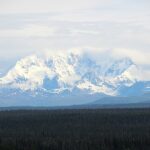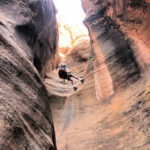Beginners Guides
Things to Do For Kids in Denali National Park and Preserve Alaska

Things to Do For Kids in Denali National Park and Preserve Alaska

Denali National Park and Preserve in Alaska offers a wide array of kid-friendly activities. You can choose to hike the Savage River Loop Trail, explore the beauty of Marmot Basin, or partake in horseback riding adventures. Moreover, there is the opportunity to discover the Horseshoe Lake Trail.
Savage River Loop Trail
The Savage River Loop Trail takes approximately an hour to complete. It is a moderately easy hike. It travels along the Savage River, which carves a canyon between Mount Margaret and Healy Ridge. It has very few uphill sections, and you’ll keep your feet mostly near the river for most of the hike.
There are many scenic views on this hike. It crosses a variety habitats, including the Boreal forest and tundra. The trail begins at the Savage River checkstation, approximately 15 miles from the park’s entrance. The trail is well-developed, and kids will love it. The trail crosses the Savage River downstream, and is an ideal option for families with young children.
Marmot Basin Trail
Denali National Park & Preserve encompasses six million acres of interior wilderness in Alaska. Its highest peak, Denali, stands 20,310 feet above sea level. The park contains a variety of ecosystems, including spruce forests, glaciers, and tundra. It is home to grizzly bears, caribou, and other wildlife. You can enjoy a variety of hiking, biking and fishing opportunities during your visit.
Denali National Park honors the legacy of Ahtna Athabaskan leader Katie John, who fought for subsistence rights and the preservation of her culture. She’s memorialized in the park by a statue of Katie John, who stands in a meadow with her children. Unfortunately, legacy mining has altered stream water quality in some areas of the park. The National Park Service is now attempting to restore streams. Understanding the impact of legacy mining on stream water quality will help prioritize restoration efforts.
Horseshoe Lake Trail
The Horseshoe Lake Trail for kids in Den Ali National Park & Preserve Alaska is an out-and-back trail that loops around the lake. The trail is easy to follow and offers the chance to see wildlife, beaver dams, and other natural features. There is a small parking area at the trailhead.
One of my favorite hikes in Denali National Park was the Horseshoe Lake/Nenana River trail. We walked through willows and spruce trees to reach a beautiful lake in Alaska. We crossed railroad tracks to reach the Nenana River.
Marmot Basin
Denali National Park and Preserve is a stunning 6 million-acre park that spans the interior wilderness of Alaska. Its central feature is Mount McKinley, which stands at 20,310 feet high. The park is home to a variety of landscapes, including tundra, spruce forests, and glaciers. The park is also home to grizzly bears, wolves, caribou, and Dall sheep. The park’s diverse ecosystem can be explored by backpacking and hiking trips.
The Marmot Basin Trail is a seven-mile wilderness hike that can be done early in the morning. This trail takes you through alpine meadows, offering panoramic views of the park.
Hi, my name is Charlotte and I am the author of the Sandbox Playground. I believe that play is an essential part of a child’s development and that playgrounds and sandboxes are a great way to inspire kids’ imaginations.
I have been working with children for many years, and through my work I have seen the amazing things that they can achieve when they’re given the opportunity to play. I hope to continue inspiring kids all around the world with my writing.
Playset
Can You Put A Playset On A Slope?

Installing a playset on a sloped surface can be an excellent incentive for encouraging your kids to engage in outdoor physical activities. They will delight in the adventurous aspect of navigating the slope, and you’ll appreciate avoiding the hassle of mowing the lawn in that spot. Keep these considerations in mind when setting up a playset on a sloped area:
- Ensure that the playset is anchored securely.
- Choose a spot with plenty of sunlight, so the slides don’t get too hot.
- Make sure there’s a soft landing at the bottom of the hill for when those inevitable spills happen.
With some planning, a playset on a slope can be the perfect addition to any backyard.
Can You Put A Playset On A Slope?
Putting a playset on a slope is not recommended because it could void the manufacturer’s warranty. Even though uneven ground can make it difficult for a professional to install the playset, manufacturers provide detailed specifications on where to put their playsets.
It is not recommended to try installing a swing set on a slope as it may result in the playset being damaged during installation. If you try putting a playset on a hill, you should have the ground level first.
Installing a Swing Set on A Slope
Before installing a swing set on a slope, there are a few things to consider. The first thing to remember is the space available for the set. You want to allow at least six feet between the playset and overhead obstacles, but you can go lower if the room is unavailable.
Remove any plants or other structures in the area before installing the swing set. Also, remove overhead obstacles and any utility fixtures because they may interfere with the playset.
Checking if The Ground Is Level
First, you’ll need to check the ground level before you build. This can be done by using a level or a longboard to mark the corners of your play area. Make sure the boards are taut and parallel to the surface. If unsure, use a bubble level or a wooden stake to check the level.
Creating a Safety Zone Around the Swing Set
When you put a playset on a slope, it’s essential to create a safety zone around it. Ideally, you should have at least 6 feet of clearance on either side of the playset, and the fall zone should be at least twice as high as the swings. To prevent accidents, you should limit the number of swings in the playset to two per structure.
Choosing a Swing Set
Whether you live on a steep slope or a level one, choosing the best location for your swing set will depend on the contour of the ground and the landscaping around it. It should also be situated where the central overhead crossbar will sit perpendicular to the slope.
In addition to level ground, the swing set should be anchored to the ground and secured correctly. Here are a few tips for choosing the best location.
Anchoring a Swing Set
Before putting up your swing set, determine the slope of the ground. If the soil is softer than desired, you may want to consider using concrete anchors. The anchor should be inserted into the bottom 18 inches deep. To avoid any repositioning problems, the swing set should be secured with several anchors, each a few inches apart. Use concrete anchors if the ground is too soft for wooden swing set legs.
Beginners Guides
What Does Blue and Purple Make?

Blue and purple are contrasting hues that, when blended, can produce multiple shades. Likewise, mixing purple with various shades of black and white is achievable, and blue can be mixed with an extensive array of colors. Discovering the ideal mix requires some experimentation, so be ready to try out various combinations. Start by combining the colors on different surfaces. After identifying the perfect mix, feel free to use it to bring your artistic vision to life.
Mixing blue and purple
When you mix blue and purple, you are creating the color purple. These two colors are primary and secondary colors and when combined, they make a shade of purple. However, there are many variations on how to mix these two colors. Sky blue and red-violet, for example, can create a warmer indigo.
The primary color blue is the base color of purple, and the secondary color purple is a mixture of 50% blue and 50% red. The two colors can be used in combination to create a wide range of different colors. They can also be mixed with white to make a lighter shade of purple, such as orchid.
When combining two colors, the hues will change, depending on the proportions of each color. Adding white or black to the blue-purple mixture will change the hue, but other elements will also affect the color. In this case, it is best to use more purple to balance the blue component.
Blue and purple are the primary and secondary colors of the rainbow. If you want to create a color that is more intense than blue, mix them together in a 50/50 combination. This color is called blue-purple, although some other names such as blue-violet might be more appropriate.
When combining purple and blue, you can create different shades of lavender, periwinkle, or indigo. While blue and purple produce similar shades, the color indigo is actually a combination of blue and red. It can also be used to make a dramatic statement in your design.
Color wheel
A color wheel is an illustrative representation of the relationships between color hues. It shows the relationships between primary, secondary, and tertiary colors. Color wheels generally contain three primary and secondary colors, and six intermediate colors, but some have as many as 24 named hues. Some color wheels follow the trichromatic color model, with red, green, and violet forming the plus colors and magenta, yellow, and cyan blue as the minus colors.
Mixing similar colors may seem monotonous at first, but it doesn’t have to be! If you know how to use the colors together, you’ll see how they can mix to create a rich, deep hue. However, it’s important to note that there are many factors to consider before choosing a combination.
The color wheel can be helpful in determining the proportions of complementary colors in artwork. For example, colors that are similar to one another are called analogous colors. These complementary colors have a high contrast and create a visual vibration when paired at full saturation. The primary colors are red, yellow, and blue.
Purple is a warm color, and it goes well with other warm colors. Purple is also a versatile color, allowing you to match it with virtually any color on the color wheel. You can even match it with every color in the rainbow. However, some people say that it is cheating to use all the colors, so you should choose your color carefully.
Complementary colors can be used to create harmony and balance. These combinations are often used in sports teams, because of their high contrast. Alternatively, you can use split complementary colors to make a color scheme less intense.
Subtractive mixing
Purple is a secondary color that is created by blending the colors blue and red. The wavelengths of blue and red are opposite one another on the color wheel, and adding either one will make the other color darker or lighter. Saturation refers to how much color is in a hue, and the more white is added, the less intense the color will be. For example, a shade of purple that is about 80% saturated will not look that intense when combined with a large amount of white.
Subtractive color mixing is a popular technique for making paints and pigments. It’s also important for color printing and photography, where mixing pigments can produce a variety of hues. When you mix a blue and purple paint or pigment, the color of the subtractive color filter will absorb more light, resulting in a dark color.
The theory behind subtractive mixing is as old as painting. There are many ways to mix colors, and the primary colours are yellow, green, and blue. Adding white to a red or blue paint will turn it into a pale yellow. A purple paint will be even darker than a dark blue paint. And you can even create purple with tints – pink and white.
Blue and purple can also be made by subtractive color blending. Purple is a secondary color that is made up of 50 percent blue and 50% red. The color that results depends on how much of each color is mixed.
Undertones of purple
Purple is a color with both red and blue undertones. Red has a warm undertone, while blue has a cool undertone. When purple is mixed with other colors, it can have a light or dark undertone. Purple is also sometimes referred to as violet.
Purple is the fourth hue on the colour wheel, and it can be warm or cool. A warm undertone can wear all purple shades, while a cool undertone can only wear purples that fall within the warm spectrum. Violet is situated in between red and blue on the color wheel. Cool purples have blue undertones, while warmer purples have a pink undertone.
Different types of purple are made by mixing different hues of blue and red. The amount of blue in a mixture of red and blue will determine the shade of purple. The amount of red added will also affect the intensity of the color. More blue means a more blue undertone, while less red means a darker shade.
Another way to make blue and purple colors darker is by mixing them. While blue and purple have different values, they can work together to create a deep, rich purple color. The more blue you add to purple, the darker the color will become. However, the opposite can happen, and the color can be lighter or darker.
Purple with blue undertones is a sought-after hair color look. It’s both intense and subtle, making it ideal for fall or winter.
Hi, my name is Charlotte and I am the author of the Sandbox Playground. I believe that play is an essential part of a child’s development and that playgrounds and sandboxes are a great way to inspire kids’ imaginations.
I have been working with children for many years, and through my work I have seen the amazing things that they can achieve when they’re given the opportunity to play. I hope to continue inspiring kids all around the world with my writing.
Playset
How to Mulch A Playset
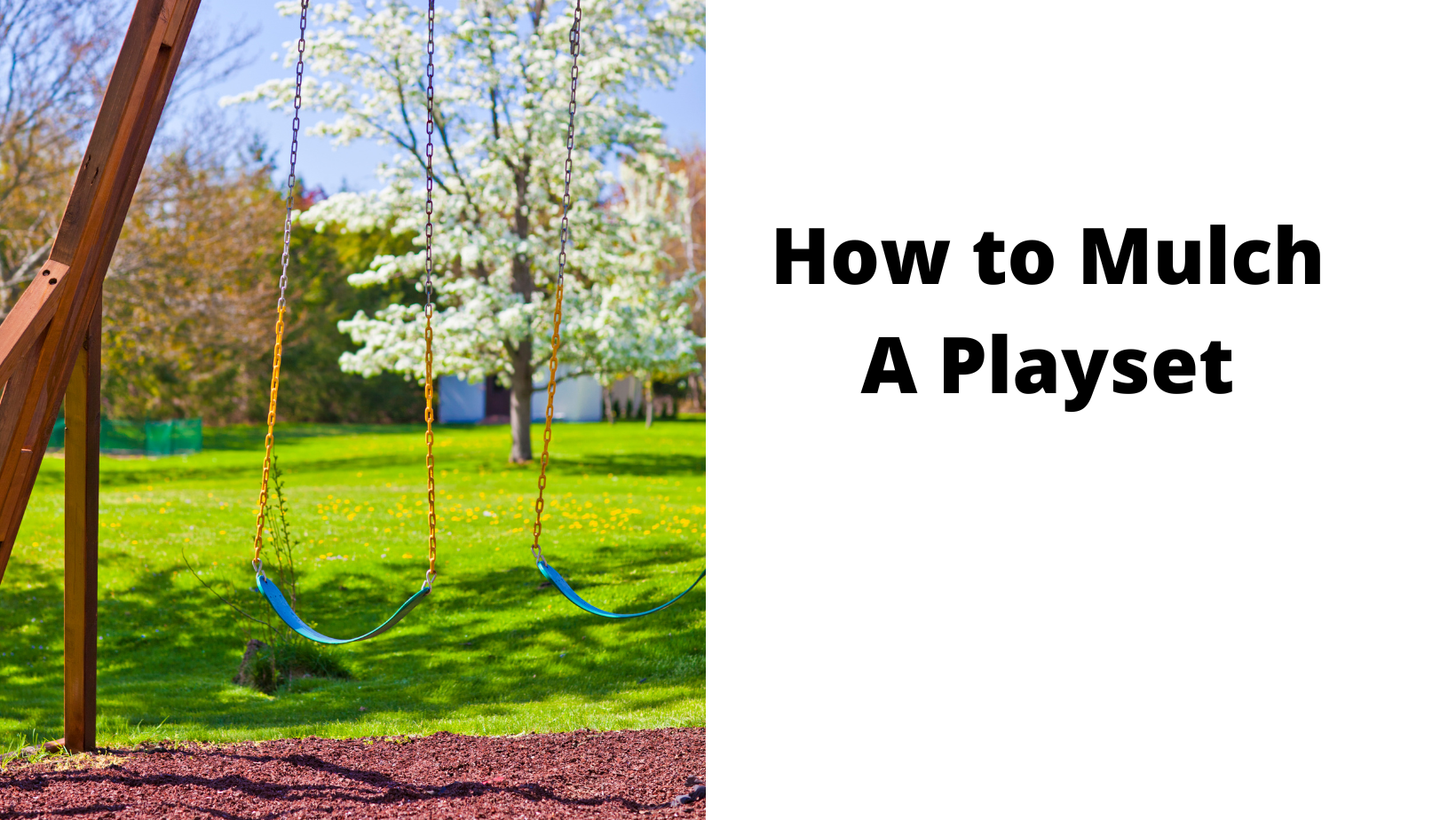
Applying mulch around a play space is an excellent strategy to enhance the appearance of your garden and increase safety for children. However, there are numerous important aspects to consider before you begin distributing mulch.
- First, make sure you choose the right type of mulch. Avoid anything that might be toxic to kids, such as cocoa bean hulls or pressure-treated wood chips. cedar and pine bark are both excellent options.
- Second, don’t overdo it. A layer of mulch should be no more than three inches deep. Any more profound, and you risk smothering the grass beneath it.
- Finally, let the mulch settle before letting your kids loose on the playset.
Once it’s all set, sit back and enjoy your handiwork – knowing that your kids are safe and sound.

How to Mulch A Playset
How to Mulch A Playset is an easy DIY project for little ones, but there are several factors that you should consider when choosing a mulch. This article will discuss different types of mulch, including pea gravel, rubber mulch, sand, and dry blocks. Following these simple steps will give your little one the perfect playset for years. Once the kids have outgrown their playset, you can use it as a garden area.
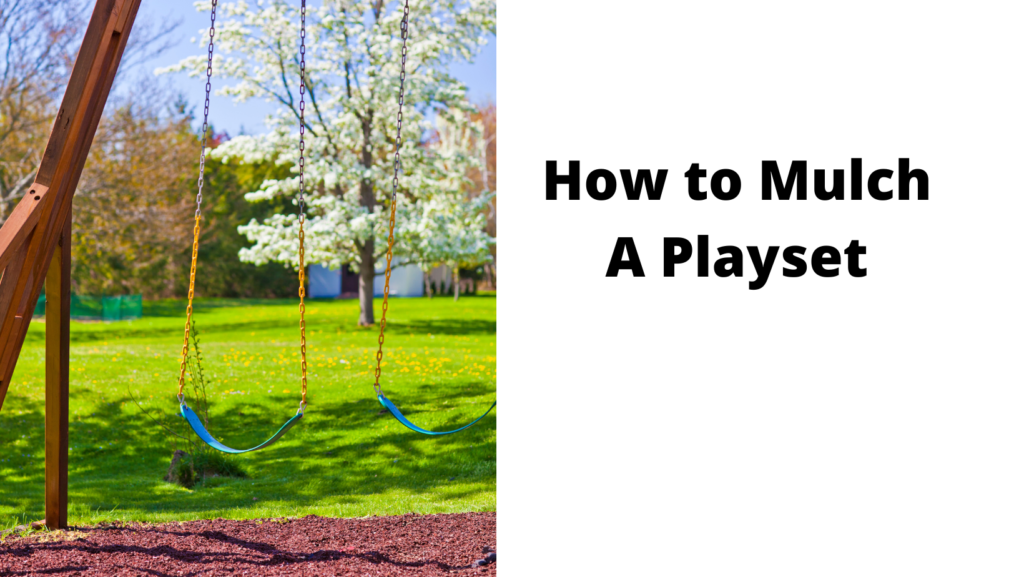
Pea Gravel
If you want to provide a safe surface for your kids’ playset, consider using pea gravel. Pea gravel is a variety of rocks that range in color. It’s common in outdoor walkways, gardens, and landscaping formations.
Pea gravel has been around for several decades and offers several benefits. It’s essential to weigh the pros and cons before installing it in your child’s playset area.
Rubber Mulch
If you’re installing a playset, consider rubber mulch. The soft material won’t harm children if they accidentally throw or roll onto it. It is also a much safer option for backyard swingsets, as it doesn’t absorb water and doesn’t freeze as traditional mulch does.
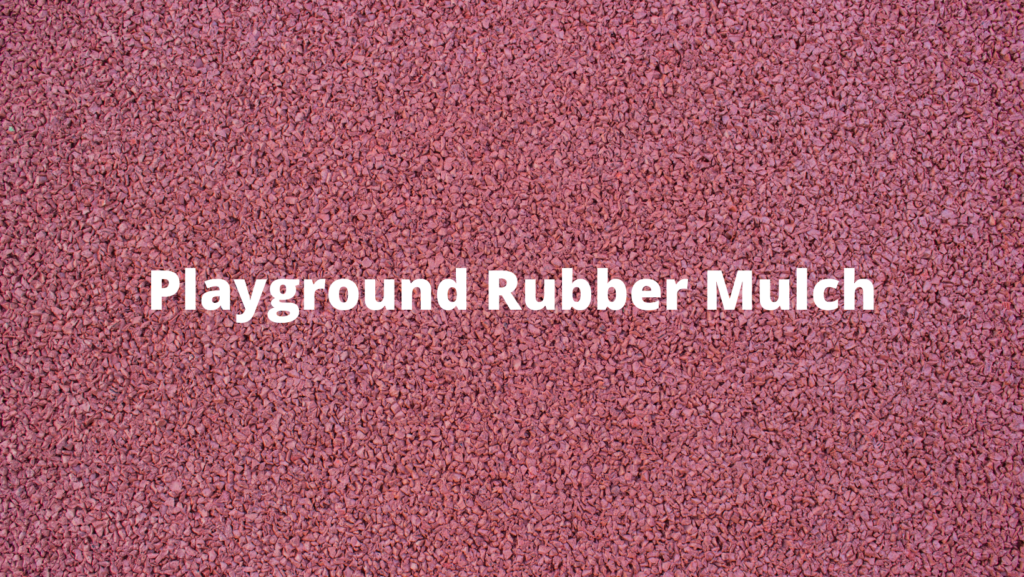
This soft material is also ideal for playground surfacing because it absorbs more shock with less depth. Additionally, it doesn’t attract animals or encourage weed growth, making it an excellent choice for backyard playgrounds.
Sand
While wood chips or shredded bark are often used for playsets, sand is a cheaper and more natural alternative. Sand also looks more natural in your yard. Sand is also an excellent way to create a sandbox for your children. You can purchase sand at any home improvement store.
To mulch a playset with sand, follow these simple steps. But keep in mind that you need to ensure that you use a proper depth of sand. Generally, the minimum requirement is nine inches of sand per four feet of fall height.
Dry Blocks
Leveling a playset isn’t always easy. You may need some help, or you may have to reposition the playset. Either way, adding drainage stones or landscape fabric to level the ground may be the best solution.
Once you’ve achieved the desired level, you can add ground cover and mulch. This article discusses some simple methods for leveling a playset. Use the right materials for your project.
Tuff Block
First, place a string on the highest stake in the yard to level a playset. Wrap the line several times to secure it.
Next, drop it using a line level or carpenter’s level. If the ground is not level, use duct tape to secure it. Repeat the process for ground covering. If you use grass, lay sod plus dirt beneath the roots. Once the turf is level, it’s time to add ground wrapping.
Artificial Grass
Before you lay down artificial grass to mulch a playset, you should decide what it is used for. Fake grass will look better and stay greener longer than wood chips or gravel. It is also customizable and can be configured in any pattern.
On the other hand, the loose materials will shift as kids play on them, so you’ll need to rake them up and re-apply them frequently, or you’ll have to spend a lot of money on new mulch.

Conclusion
As you can see, you can use several mulch types to mulch a playset. Each type has its own set of benefits and drawbacks. Consider the needs of your playset, as well as the budget that you have to work with, before making a decision. With a little bit of planning, you can find the perfect mulch type for your child’s playset.
Hi, my name is Charlotte and I am the author of the Sandbox Playground. I believe that play is an essential part of a child’s development and that playgrounds and sandboxes are a great way to inspire kids’ imaginations.
I have been working with children for many years, and through my work I have seen the amazing things that they can achieve when they’re given the opportunity to play. I hope to continue inspiring kids all around the world with my writing.
-
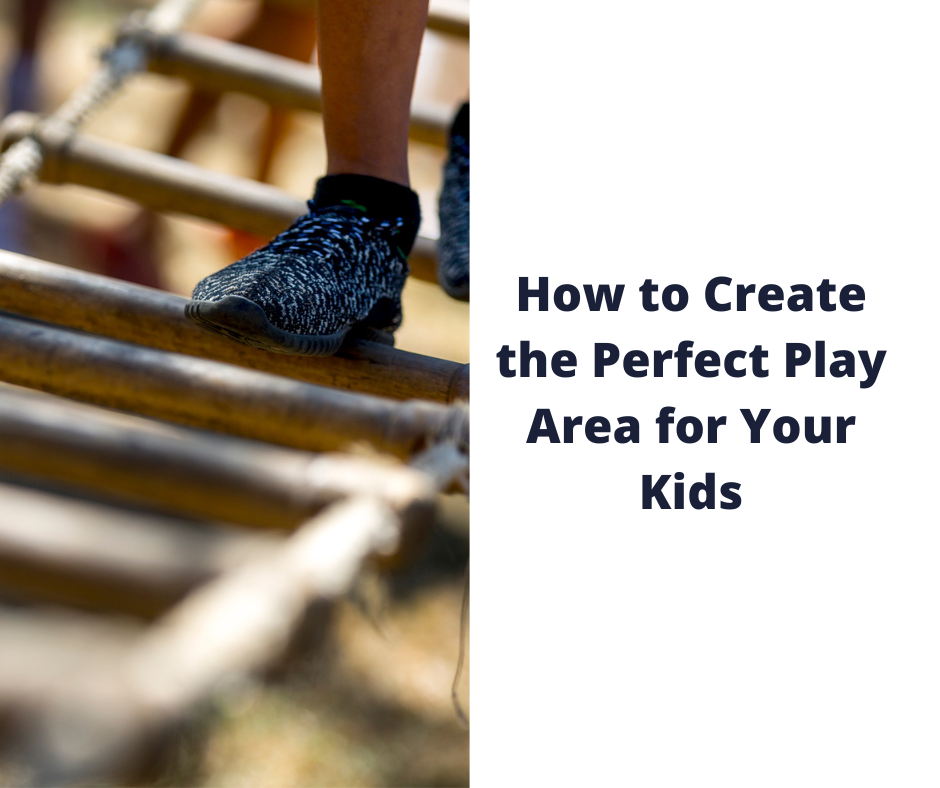
 Beginners Guides9 hours ago
Beginners Guides9 hours agoDIY Blueprints, Plans, and Ideas for Playset Designs: How to Create the Perfect Play Area for Your Kids
-
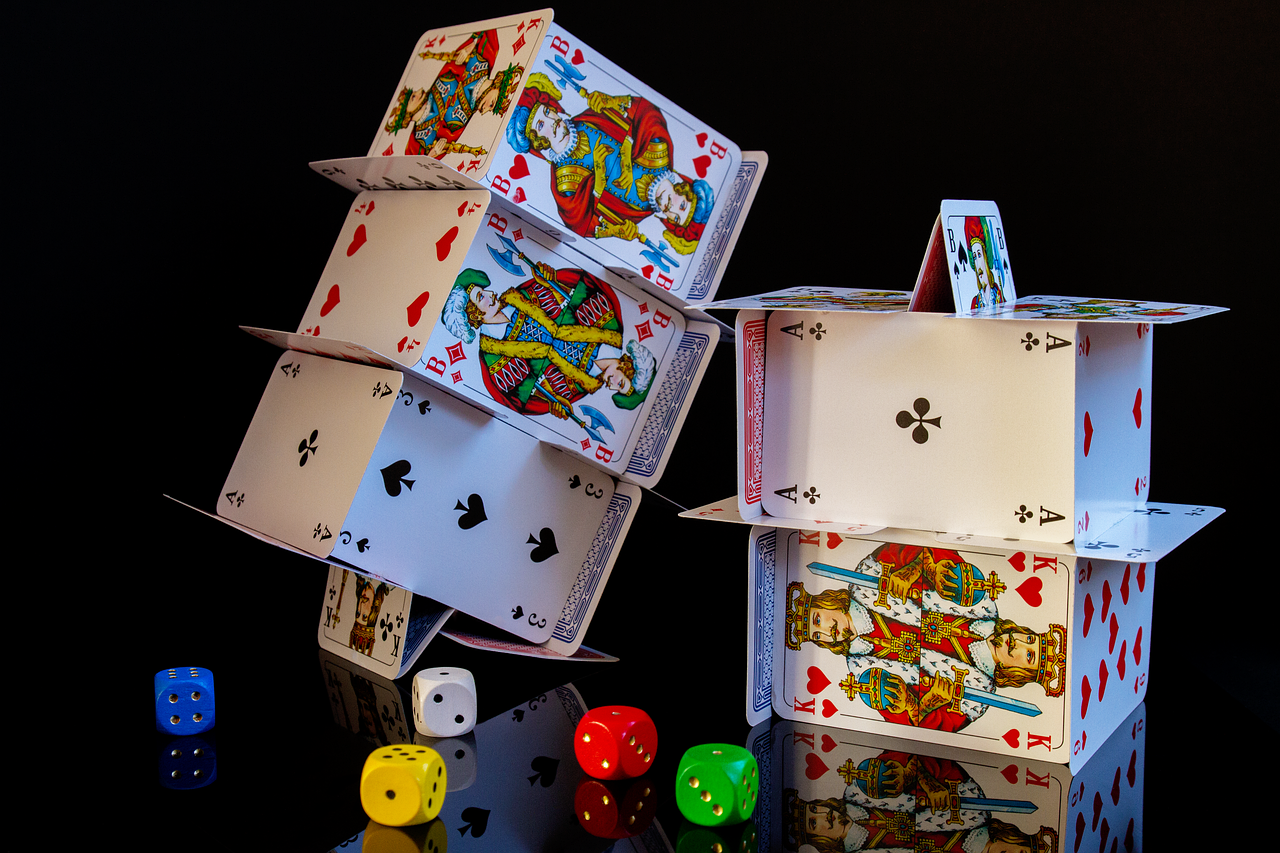
 Beginners Guides3 weeks ago
Beginners Guides3 weeks agoHow To Play Fun Card Games
-
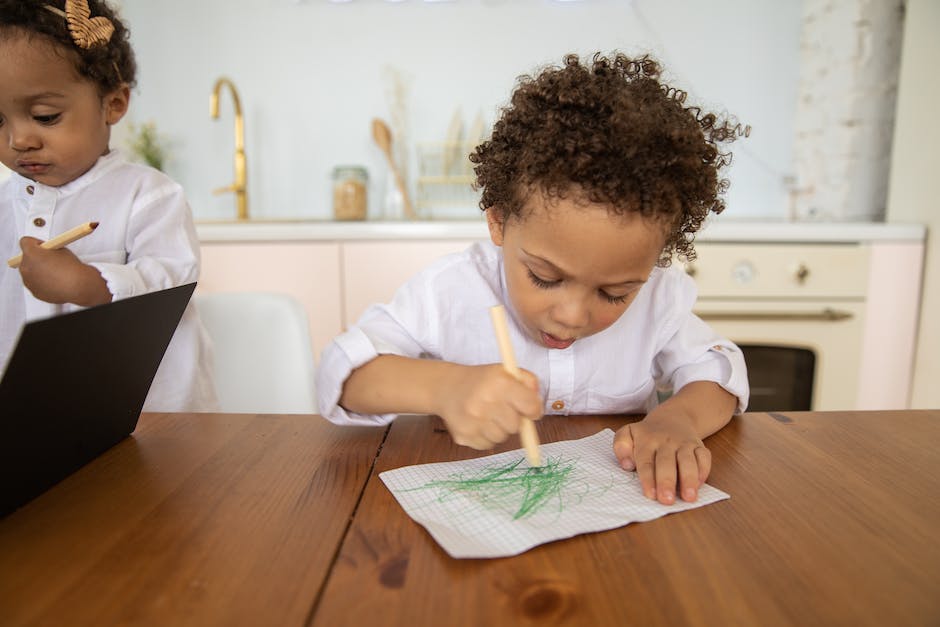
 Beginners Guides3 weeks ago
Beginners Guides3 weeks agoHow To Make Fun Games With Paper
-

 Beginners Guides3 weeks ago
Beginners Guides3 weeks agoHow To Make Fun On Games
-
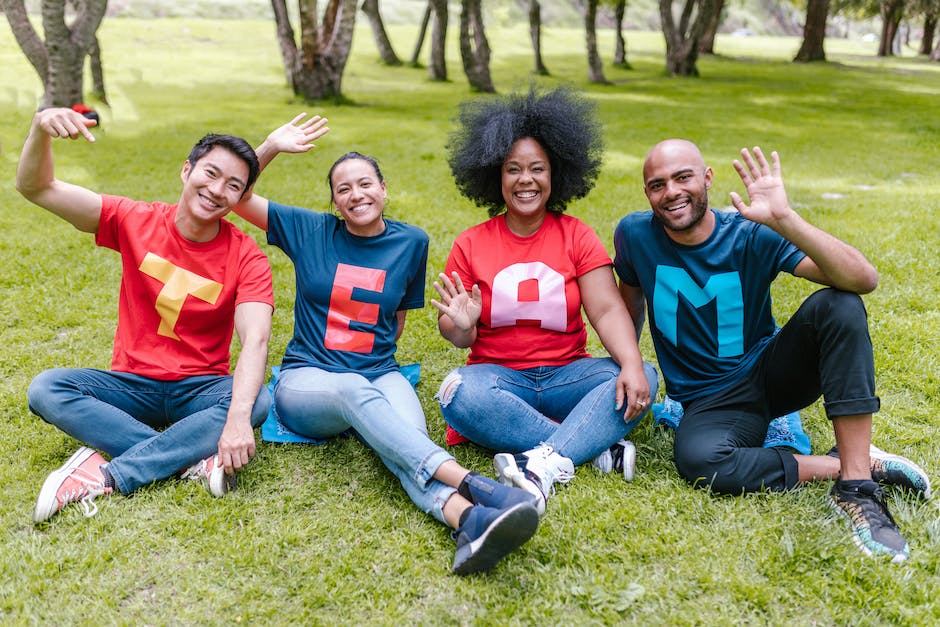
 Beginners Guides3 weeks ago
Beginners Guides3 weeks agoHow To Make Fun Games
-

 Playset4 hours ago
Playset4 hours agoHow To Secure A Playset To The Ground
-

 Beginners Guides3 weeks ago
Beginners Guides3 weeks agoCan I Play Games On Youtube
-
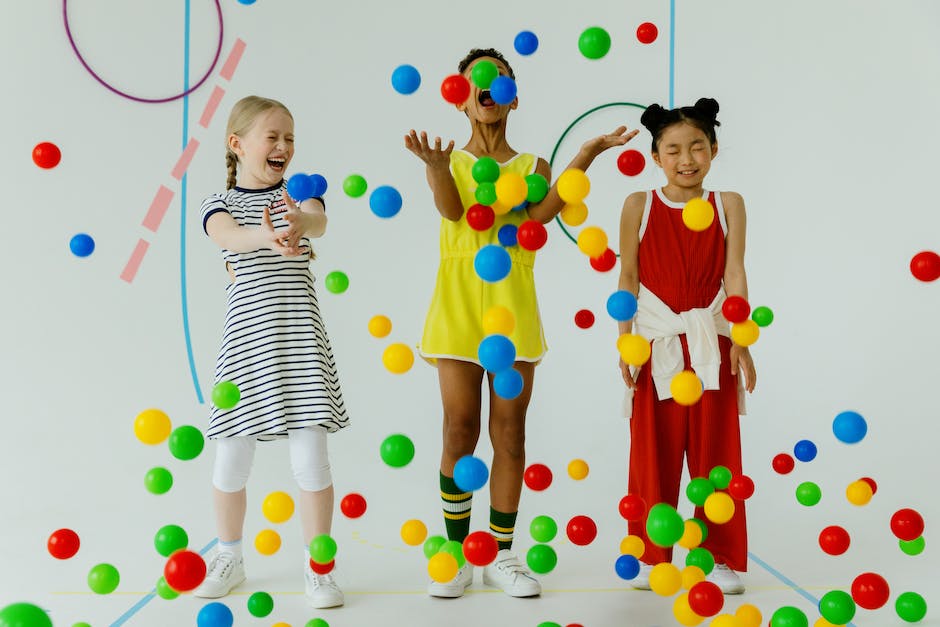
 Beginners Guides3 weeks ago
Beginners Guides3 weeks agoWhat Makes Game Fun




